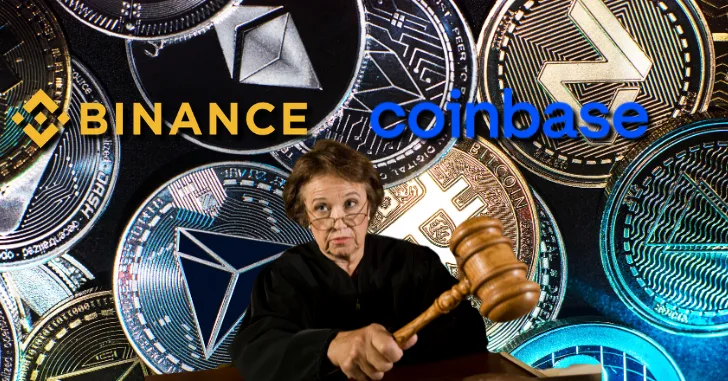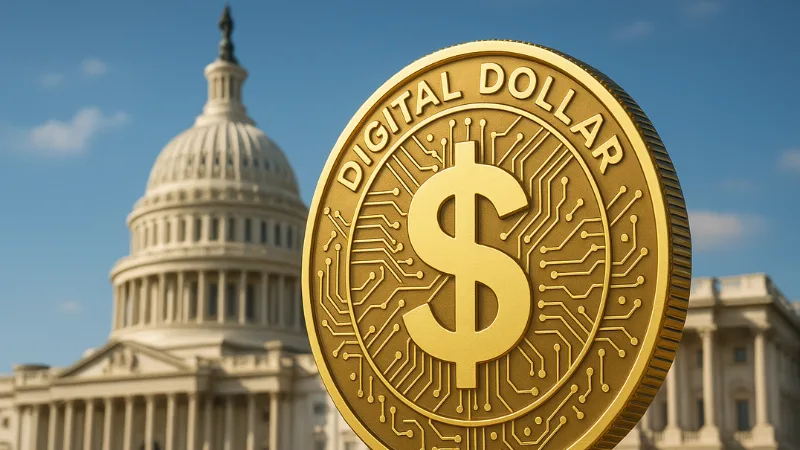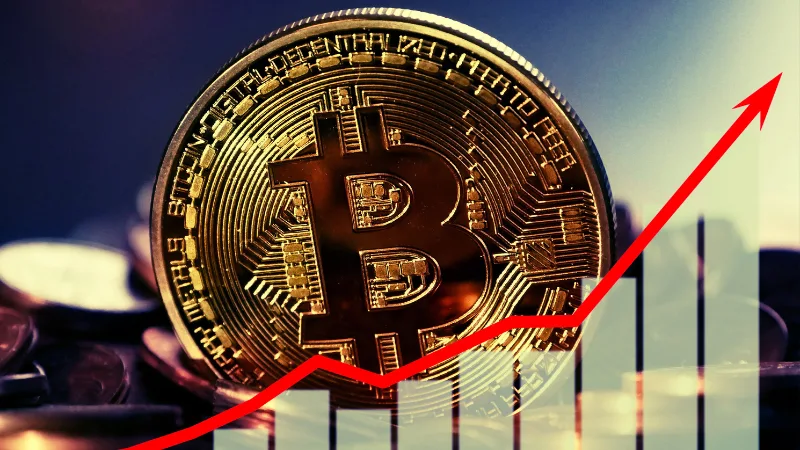Blockchain is a type of digital record-keeping system that keeps track of transactions. Unlike traditional databases, blockchain is unique because once information is added, it cannot be changed. This makes it extremely secure and trustworthy.
Think of blockchain as a chain made up of blocks. Each block holds information, like details about a transaction. These blocks are connected in order, forming a chain. Everyone in the blockchain network can see the chain, making all transactions completely transparent.
How Blockchain Works
Here’s how blockchain works, step by step:
- A Transaction is Created
Someone starts a transaction, like sending money to another person. This transaction is digitally signed to prove it’s real. - The Transaction is Verified
Special computers in the network (called nodes) check the transaction to make sure it’s valid. - The Transaction Joins a Block
Verified transactions are grouped together in a block. Think of a block as a digital folder. - The Block is Sealed
Once the block is full, it gets sealed with a unique code called a cryptographic hash, which acts like a lock. - The Block is Added to the Chain
The new block is connected to the previous block, forming a chain. This chain is secure and visible to everyone in the network.
Because each block is linked to the one before it, changing any block would require altering every block in the chain. This is practically impossible, making blockchain tamper-proof.
What is Blockchain Used For?
While blockchain is famous for being the technology behind cryptocurrencies like Bitcoin, it has many other uses:
- Finance: Makes transferring money safer and faster, while reducing fraud.
- Healthcare: Protects patient records, allowing only authorized people to access them.
- Supply Chain: Tracks the movement of goods from production to delivery, ensuring transparency.
- Government: Automates processes like voting or record-keeping to reduce bureaucracy.
Why is Blockchain Important?
Blockchain is powerful because it combines security, transparency, and efficiency. Since it doesn’t rely on a single authority or middleman, it’s harder to hack and can save time and money. Plus, its transparency helps build trust among users.
Challenges with Blockchain
Despite its advantages, blockchain has some challenges:
- Scalability: It can be slow when handling large numbers of transactions.
- Energy Use: Running the network, especially for cryptocurrencies like Bitcoin, uses a lot of energy.
- Regulation: Governments are still figuring out how to regulate blockchain because it operates without a central authority.
The Future of Blockchain
Blockchain is more than just a buzzword. It’s a technology that is changing the way industries operate by making processes safer, faster, and more transparent. From finance to healthcare, its potential is enormous.
We’re just at the start of the blockchain revolution, and its full impact is yet to be seen. But one thing is clear: blockchain is here to stay and will continue to shape our digital world for years to come.





